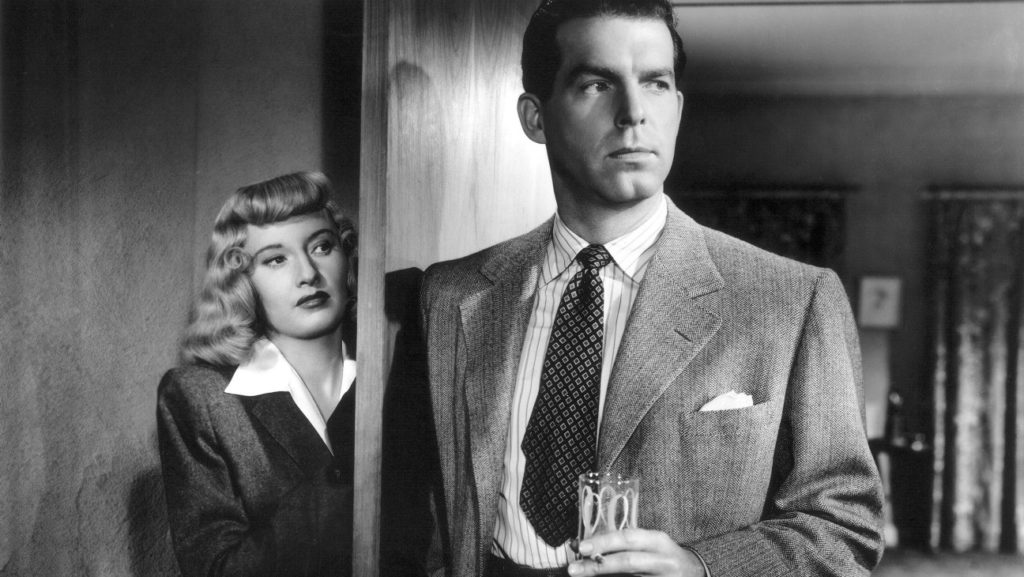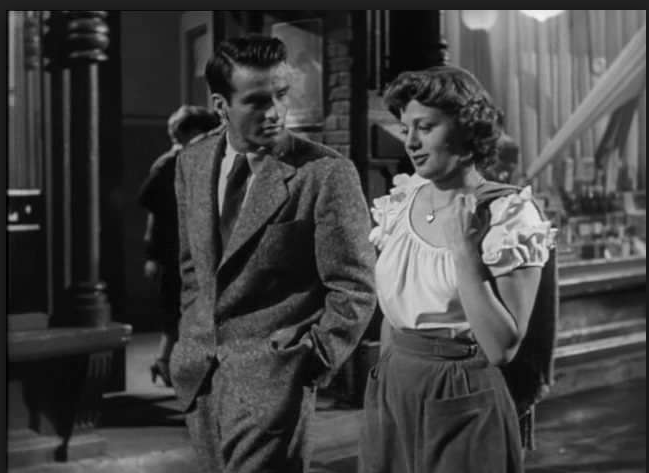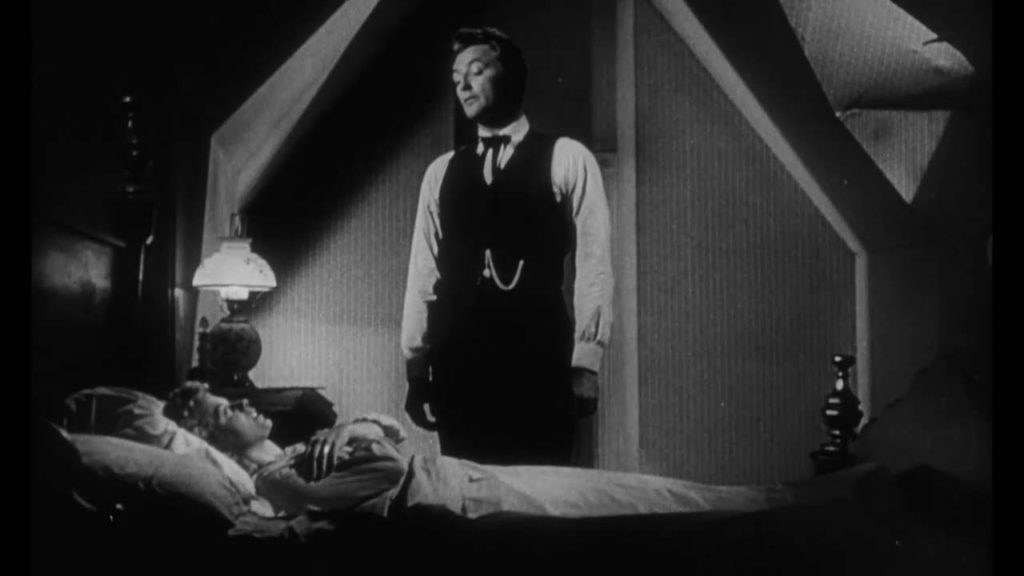If you ever saw the subline, “Based On True Events,” it means the movie’s actions and characters may not totally be real, but something of the sort did go down. And sure enough, many movies and even TV shows use a real-life event to build around their story. Some major films you may be surprised were inspired by crime and thus gives the event a ballooned state of reality when it wasn’t exactly how it all went.
M (1931)

One of the most chilling films ever, Frtiz Lang recreated the harsh mob mentality going around in Germany in the 1920s over a string of serial killers, including those involving murdering children. Lang did not base Peter Lorre’s part on anyone specifically, instead of focusing on the killer’s psychology and how the citizens reacted to having a person out there targeting kids. Peter Kürten is a name commonly thrown out there; nicknamed, “The Vampire of Düsseldorf,” Kürten was executed for several murders of women and children which including strangling and cutting the throats of his victims. Fritz Haarmann was executed for the murder of at least 24 boys and young men over a six-year period in Hanover. The detective depicted in the film is based on criminologist Ernst Gennat, who worked on capturing both killers.
Double Indemnity (1944)

Billy Wilder’s sensational noir starring Fred MacMurray, Barbara Stanwyck, and Edward G. Robinson is based on James Cain’s novel in turn inspired by a shocking murder and conspiracy in 1927. A married woman, Ruth Snyder, began an affair with a married man and convinced him to take part in killing her husband by faking a robbery. Snyder had just convinced her husband to sign an insurance policy where the payment is double if the deceased was the result of an accident or murder. Police quickly uncovered the conspiracy and her story unraveled. In the film, the husband is left dead by the tracks to presume he was hit by a train and it’s the head of the insurance company who suspects something’s not right, leading to a violent confrontation between the lovers. Making the Snyder case infamous was the picture taken the moment she was electrocuted that was published the next day in the New York Daily News.
A Place In The Sun (1951)

George Stevens’ Oscar-winning drama, winning 6 of its 9 nominations including Best Director, is based on the novel An American Tragedy by Theodore Dreiser, which was inspired by the murder of a young woman by her boyfriend after revealing to him she was pregnant. Like Montgomery Clift’s character George Eastman, Chester Gillette was hired by his businessman uncle and began a relationship with one of his employees, Grace Brown, which was not permitted, and she became pregnant. Insisting on marriage, Gillette struck her unconscious and dumped her to drown. The movie’s main deviation from the real story is that a second woman is involved, played by Elizabeth Taylor, who Eastman prefers over his original pregnant girlfriend, played by Shelley Winters. It is Winter’s character who meets the same fate as her real-life counterpart.
The Hitch-Hiker (1953)
Ida Lupino, one of the very few female directors of the time, made this stirring film noir influenced by Billy Cook, a drifter who killed six people, including a family, during a three-week period in California and Missouri in the early 50s. Cook was a violent offender since his juvenile days and said prior to his execution that, “I hate everybody’s guts and everybody hates mine.” In the film, two men who pick up a hitchhiker in Mexico are unaware until it’s too late that he is wanted back in the States for multiple killings and the men must find a way to get away from the deranged killer and buy time for the police to get him.
The Night Of The Hunter (1955)

Just like M, the original novel and movie are based on a serial killer, Harry Powers, who used lonely hearts ads to attract and marry widows with money before murdering them. In addition to two separate women, Powers killed three children who were with their mother and had no clue about Powers’ intentions. The new story added Harry Powell, played by Robert Mitchum, as a preacher who believes he is doing God’s work to retrieve the money, but this time, the two children who see through Powell on why he married his widowed mother (also Shelley Winters) don’t fall for his tricks and escape before he can get his hands on them.
The Exorcist (1973)
This isn’t a crime, but it is still an event worth noting. Author and screenwriter William Peter Blatty wrote his legendary horror story based on the exorcism of a 14-year-old boy in 1949. While the boy’s name has been protected, the apparent story is his close relationship to his aunt, a spiritualist who introduced him to an Ouija board, and after her death did the boy’s behavior change drastically. The events were recorded by a Catholic priest, Raymond J. Bishop, who gave extensive details and names of other priests who took part in the exorcism. Here, Blatty noted in his novel and script things such as the boy’s violent repulsions including flying, being tied down to the mattress and speaking in a different voice, and having the word “Hell” marked all over his body. In the end, the boy was cured and went on to have, “a rather ordinary life.”
Follow me on Twitter: @brian_cine (Cine-A-Man)





